I am building a small chess board for tactics, it would be a fun way to reflect upon on interests (programming and chess).
One problem I have currently face, although solved, is maintaining the board aspect ratio of 1:1.
The Board extends JPanel. Due to a problem with constraints, I have opted towards maintaining the board's physical size rather than it's rendered size. This would lead to faster operations when actually being used.
What I want it to look like, and have achieved:


The way I achieved this though seemed very hackish and is poor code by Skeet standards (thank you based Skeet).
public Frame() {
final JFrame frame = new JFrame("Chess");
final JPanel content = new JPanel(new BorderLayout());
final JPanel boardConfine = new JPanel(new BorderLayout());
final Board board = new Board();
boardConfine.addComponentListener(new ComponentAdapter() {
@Override
public void componentResized(ComponentEvent e) {
int min = Math.min(boardConfine.getWidth(), boardConfine.getHeight());
int xBuffer = (boardConfine.getWidth() - min) / 2;
int yBuffer = (boardConfine.getHeight() - min) / 2;
board.setBounds(xBuffer, yBuffer, min, min);
}
});
boardConfine.add(board, BorderLayout.CENTER);
content.setBackground(new Color(205, 205, 205));
content.add(boardConfine, BorderLayout.CENTER);
frame.setDefaultCloseOperation(WindowConstants.EXIT_ON_CLOSE);
frame.setContentPane(content);
frame.pack();
frame.setVisible(true);
}
As seen above, I manually set the board's size and location. Even I have stated exhaustively that this shouldn't ever be done, but I couldn't find a solution to work. I need the board to fill the maximum possible area, yet maintain the aspect ratio.
If there are any suggestions (either code or concepts) you can provide, I really thank you for taking the time to help me with this elitist conundrum.
